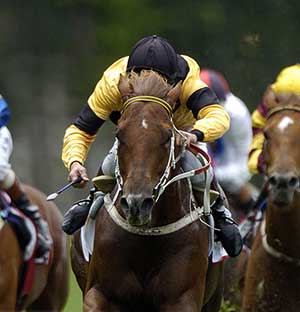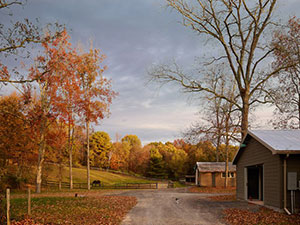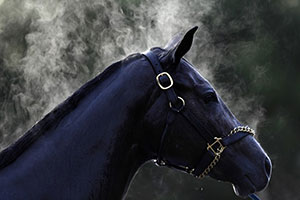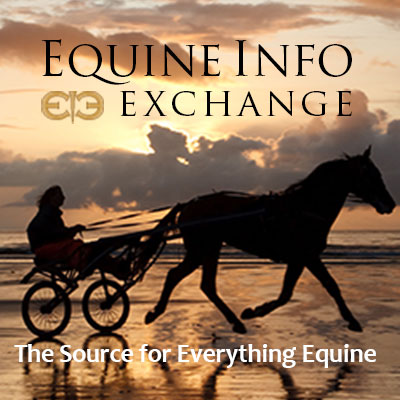Tack & Farm
Our Tack & Farm section features an Apparel section to find both practical and fashionable riding attire. If you ride English & Western or Race, many sources are available in the Tack section.
Building a barn? Need an architect for your equine dream home? Find one in Barns & Stalls.
Have a hungry horse? Of course you do! Find a place to buy your feed and tuck your horse in at night in the Bedding & Feed section. Looking for a place to keep your horse? You can find it in the Horse Boarding section. Keep your horse happy and beautiful with resources in our Grooming section.
Traveling? Find a Shipping company or Horse Sitting service if your horse is staying home!
Running and maintaining a farm or stable is a continuous effort, and to help find products or tools you need, please see our Equipment, Fencing and Management Tools sections.
Seeking Services? Find financial and tax expertise in our Accounting section. Companies who will help protect your investment are found in the Insurance section. For those who want legal advice about purchasing, liability, and other issues, please look at the Equine Law section to find an expert. Build and promote your business with teams from Marketing / Videography / Web Design.
Do we need to add more? Please use the useful feedback link and let us know!

As early as 1887, visible blue light was known to be the most effective part of the light spectrum to stimulate phototropism in plants. Recent research in the human medical field has shown that blue wavelength light can inhibit specific microbial growth. Taking this research into consideration, we conducted a trial on a group of two-year-old thoroughbreds in training.
The horses divided into two groups from the same yard. One group housed under a blue-enriched polychromatic LED light with gradual transitions at dawn and dusk and red light at night. Group two housed under traditional stable lighting provided by fluorescent tubes.
Read more: Equilume research shows Blue Light reduces bacterial and fungal growth

by Raquel Lynn
Most Stable Style readers would be happy to live in a barn. Of course when I discovered this project completed by General Assembly, I knew I had to share it here. They gave an old horse barn new life while preserving some of its original history. The end result is a barn that’s rustic, modern, and welcoming.
The barn belongs to actress Amanda Seyfried. The property also has a main house and second barn for horses and other animals. You can take a look at the main house featured on Elle Decor if you are would like. It’s beautifully decorated, but I couldn’t help but fall in love with this unique guest house.
Read more: An Old Horse Barn is Transformed into a Guest House

by Amanda Schiavo
Picture a horse grazing on a sunny day when she suddenly senses her owner’s bank account is perfectly balanced. This, the horse determines, is the opportune time to jam a leg through a fence and ring up a hefty vet bill.
Anyone who has ever owned a horse knows this feeling. There is even a meme about it.
There are roughly two million horse owners in the U.S., and 7.1 million people involved in the industry when including service providers, employees and volunteers, according to horse transportation company Equo. That means a potential client population larger than that of Chicago, Houston and Philadelphia combined with a very specific set of financial needs.
For a hobby such as equestrianism, coming up with a proper plan can be challenging when considering taxes, estate planning and expensive regulations related to taking show horses across national borders. But equestrians will tell you that once they fall in love with a horse, there’s no turning back.
The question becomes: How to build a plan for a horse enthusiast without scrimping on the client’s own long-term care, retirement, family and other needs?
Read more: Planning for a Hobby that Costs Almost as Much as Children

by Attorney, B. Paul Husband
In fact, ideas, in and of themselves, are not protectable by either copyright or trademark.
As Supreme Court Justice Louis Brandeis once said:
"The noblest of human productions -- knowledge, truths ascertained, conceptions, and ideas -- become, after voluntary communication to others, as free as the air to common use."
In other words, at common law, ideas belonged to no one, and therefore the law did not recognize any right of ownership in mere ideas, regardless of how original or valuable they might turn out to be.
This article will address the legal protection which is given to the expression of ideas, that is copyright; to the use of ideas in the form of words, names or symbols used to identify the source of goods or services, that is trademarks, and a few words at the end about some concepts of contract law which might be useful, in some limited circumstances, to protect ideas themselves.
COPYRIGHT
Copyright protects the expression of an idea, and not the idea itself. Copyrights protect: "Original works of authorship". This is the term used in the federal copyright law, and although it is not specifically defined in that law, the phrase clearly would include all manner of writing, drawings, paintings, other two dimensional and three-dimensional works of fine, graphic and applied art, videotapes, films, and various and sundry other items up to and including salt and pepper shakers, chandeliers, door knockers, ink stands and wallpaper.
Read more: Protecting Your Ideas: Can You Do It with Copyright and Trademark Law?
- Is There a Difference Between a Mule Saddle and a Horse Saddle?
- Is a Treeless Saddle Right For You?
- The Panache Pergolas and Pavilions Add to A Horse Farm
- Arena Footing Basics 101
- A Niche in Time - Smucker Harness
- Joey Jemison and the Legacy of the Fort Worth Cutting Saddle
- Austin Artisan, Custom Cowboy Bootmaker Lee Miller
- Living with Horses ~ Literally
- Learn to Groom Your Horse with Awareness
- Getting Ready for Springtime
































